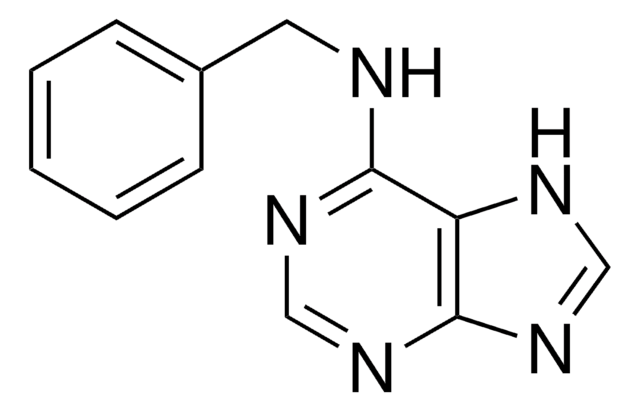About This Item
おすすめの製品
品質水準
アッセイ
≥84% (HPLC)
フォーム
lyophilized solid
色
white
溶解性
H2O: 1 mg/mL
UniProtアクセッション番号
保管温度
−20°C
SMILES記法
[nH]1cnc(c1)C[C@H](NC(=O)CNC(=O)[C@@H](NC(=O)[C@@H](NC(=O)[C@@H](NC(=O)[C@@H](NC(=O)[C@@H](NC(=O)[C@@H](NC(=O)[C@@H](NC(=O)[C@@H](NC(=O)[C@@H](NC(=O)[C@@H](NC(=O)CNC(=O)[C@@H](NC(=O)[C@@H](NC(=O)[C@@H](NC(=O)[C@@H](NC(=O)C)CCCNC(=N)N)[C@H](CC)C)Cc6ccc(cc6
InChI
1S/C206H324N56O65/c1-23-104(15)163(258-169(292)109(20)226-174(297)126(59-67-148(210)272)240-201(324)166(107(18)26-4)261-199(322)160(101(9)10)255-153(277)92-223-171(294)120(41-30-33-75-207)230-186(309)138(86-115-51-57-119(271)58-52-115)249-202(325)165(106(
InChI Key
OLEKMOOQFWTQGD-SJQNMCRDSA-N
遺伝子情報
human ... RTN4(57142)
Amino Acid Sequence
アプリケーション
- to study the preliminary therapeutic effect after inhibition of Nogo-A in the cauda equina compression (CEC) model
- to determine the effects of Nogo-A/NgR1 on autophagic activation
- to study its role in Nogo-B mediated axonal branching using Schwann cells and sensory neurons of mice
生物化学的/生理学的作用
法的情報
保管分類コード
11 - Combustible Solids
WGK
WGK 3
引火点(°F)
Not applicable
引火点(℃)
Not applicable
個人用保護具 (PPE)
Eyeshields, Gloves, type N95 (US)
適用法令
試験研究用途を考慮した関連法令を主に挙げております。化学物質以外については、一部の情報のみ提供しています。 製品を安全かつ合法的に使用することは、使用者の義務です。最新情報により修正される場合があります。WEBの反映には時間を要することがあるため、適宜SDSをご参照ください。
Jan Code
N7161-BULK:
N7161-1MG:
N7161-VAR:
ライフサイエンス、有機合成、材料科学、クロマトグラフィー、分析など、あらゆる分野の研究に経験のあるメンバーがおります。.
製品に関するお問い合わせはこちら(テクニカルサービス)








